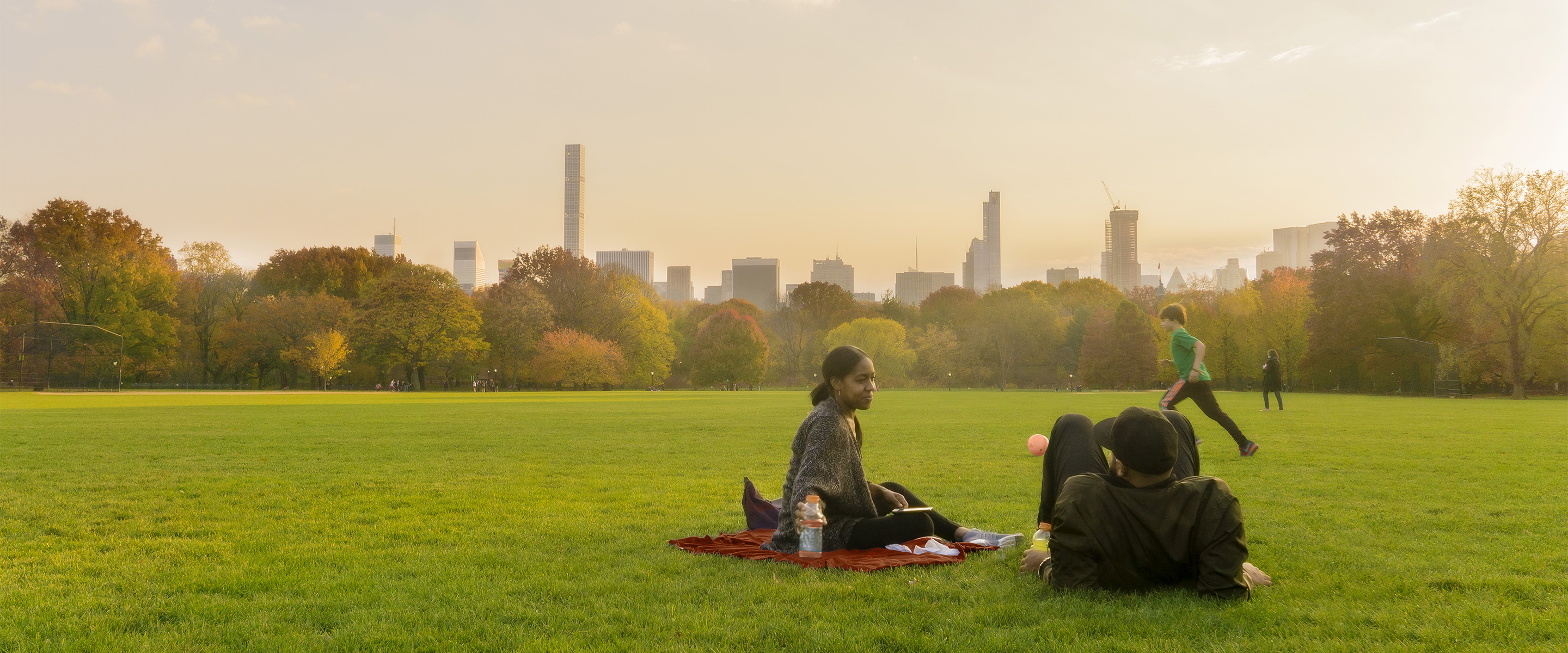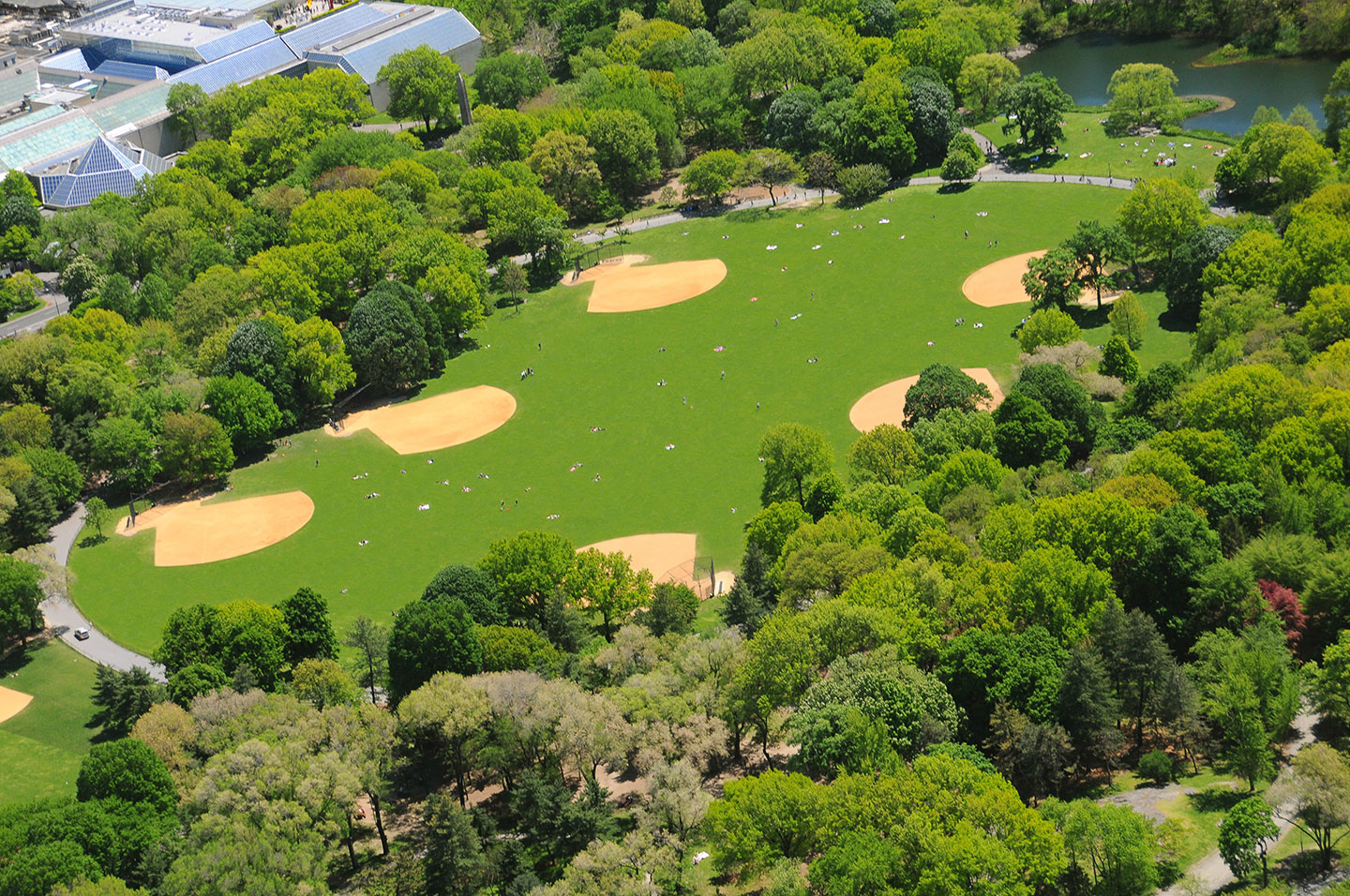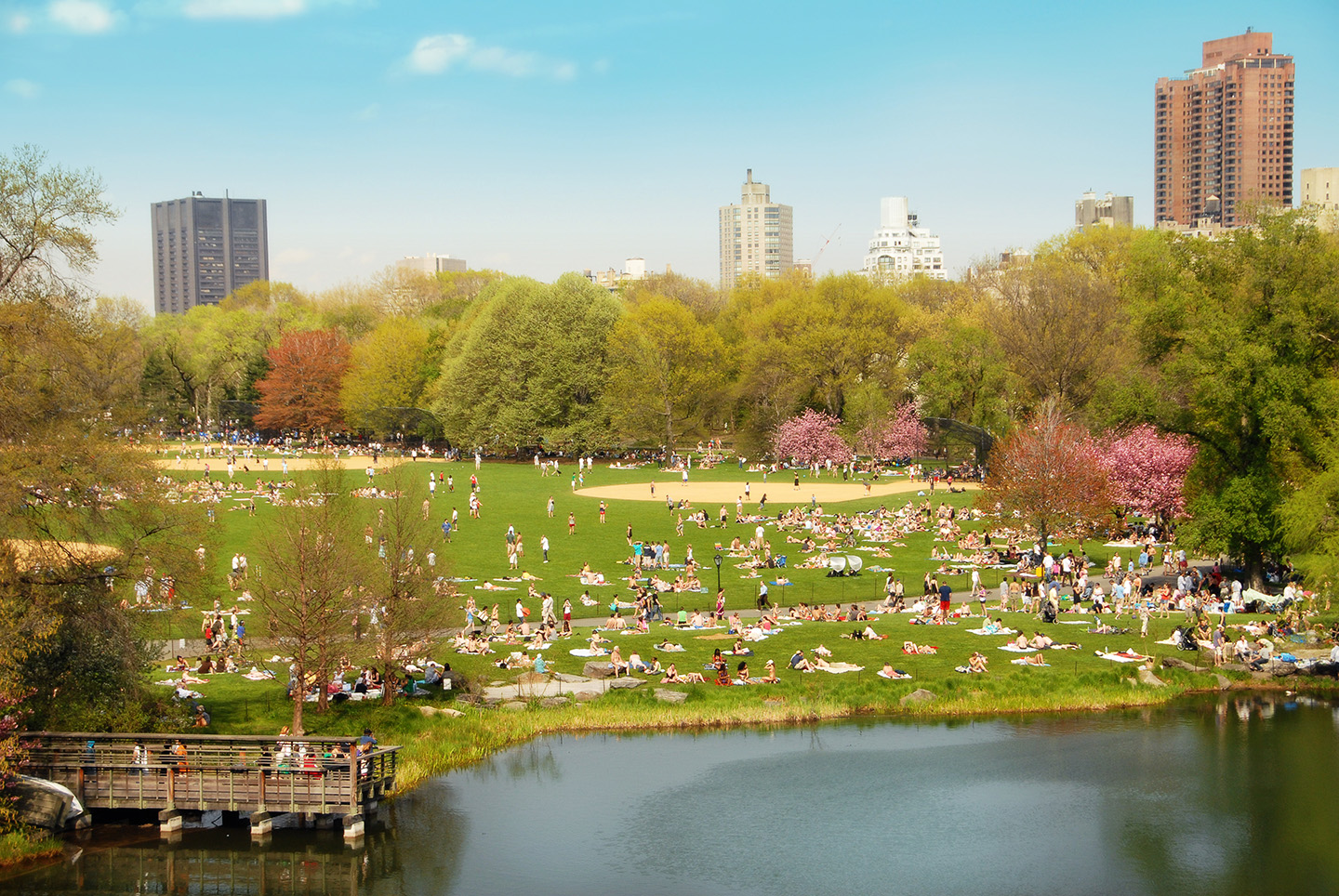
By the 1990s, foot traffic had turned the 60-acre oval of Central Park’s Great Lawn into an uninviting stretch of compacted dirt. Simply restoring the grass was inadequate. In her position as Chief of Design for Central Park, Laura Starr spearheaded a multi-prong restoration plan. Through surveys and movement analysis of pedestrians, dog walkers... Continue Reading
By the 1990s, foot traffic had turned the 60-acre oval of Central Park’s Great Lawn into an uninviting stretch of compacted dirt. Simply restoring the grass was inadequate. In her position as Chief of Design for Central Park, Laura Starr spearheaded a multi-prong restoration plan. Through surveys and movement analysis of pedestrians, dog walkers and cyclists, and discussions with designers, ballplayers, naturalists, and the Opera and Philharmonic, Starr achieved consensus on ways to accommodate their diverse activities while maintaining a healthy lawn. The lawn was revived with new sandy soils and custom blend of hardy grass. The pond was restored and given a more variegated shoreline planted with native marsh grasses and strewn with naturalistic boulders. A new island attracts birds, which can be viewed from a nearby bird blind that doubles as a sunny, quiet deck. Restoration efforts were matched with a new management and maintenance plan. Starr adapted the practice of closing the lawn during wet periods, through the use of differently colored flags, helping to protect the grass at its most fragile moment. The concert stages and set-up trucks were moved from the south end of the lawn to the north to minimize disruption to the pond area, and permanent electrical utilities were installed to avoid diesel generators.




